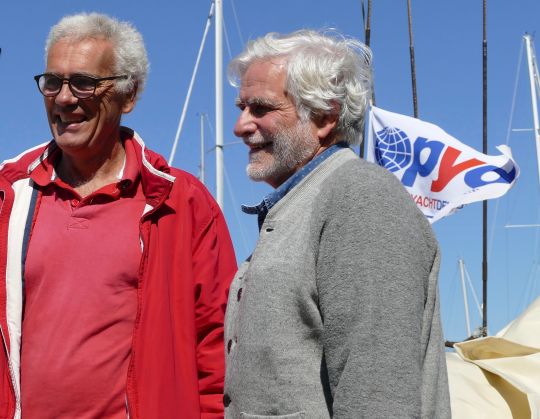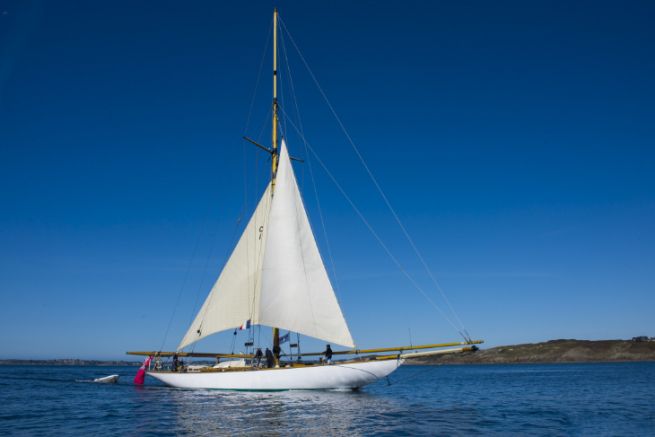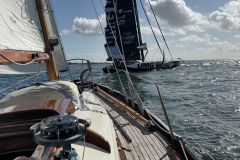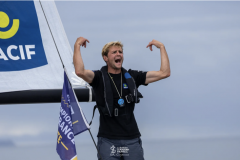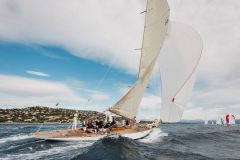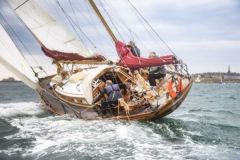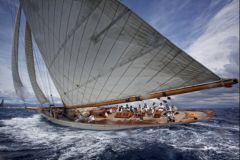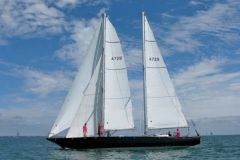The star of the waterways from 1911 to 1913
Mariquita is one of the emblematic figures of classic Mediterranean regattas. This 38.1 m long horn cutter is the last 19MJI class yacht still in operation. Its history begins in 1910, when Captain Arthur K. Stothert, an industrialist from Glasgow, already owner of a 15MJI, ordered it three years earlier.
A great sailor in his time, he learned the launch of a new class of yachts, called 19MJI, which would be the ancestors of the J Class boats that would race in the America's Cup from the 1930s onwards. Determined to have a boat built, he approached the famous Scottish architect William Fife III for the design of the plans.
There are several reasons for this choice. First of all, Willima Fife III is the father of Mariska, a gaff cutter who won all the races of his time. Finally, the architect finalized the construction of Corona (his name pays tribute to the coronation of King George V), according to plans he drew himself.
Mariquita, with a sail plan of almost 573 m2, was built in 1911 under the construction number 595. Her name means "ladybird" in Spanish.
From 1911 to 1913, the cutter took part in 69 races in the queen's class of large racing yachts, alongside her fellow yachts: Corona, but also Octavia (designed by Alfred Mylne) and Narada (designed by Charles Ernest Nicholson). He will win 35 victories. The war will also mark the end of the 19MJI.
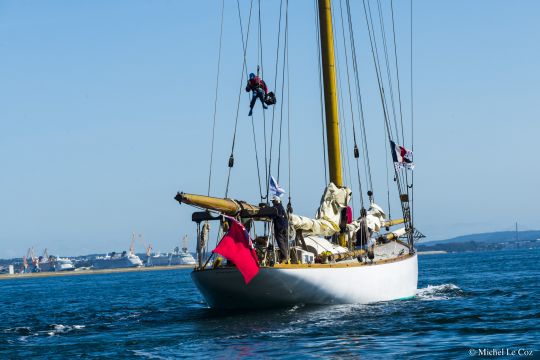
A racing sailboat transformed into a floating dwelling
But soon, the First World War loomed and Mariquita was sold in 1915 to the Norwegian Finn Buge. The country is neutral during the war and the boat is transported to a fjord, where it will remain 5 years the Scandinavian waters, renamed Maud IV.
After the war, the yacht will return to her original British flag and name, bought by Sir Edward Life and Allan Messer and will participate in several coastal regattas.
In the 1930s, Mariquita was completely dismembered by a river transport company. The boat was dismasted and its 36 m lead keel removed. It was then sold as a "house boat" for almost 60 years on the Suffolk coast.
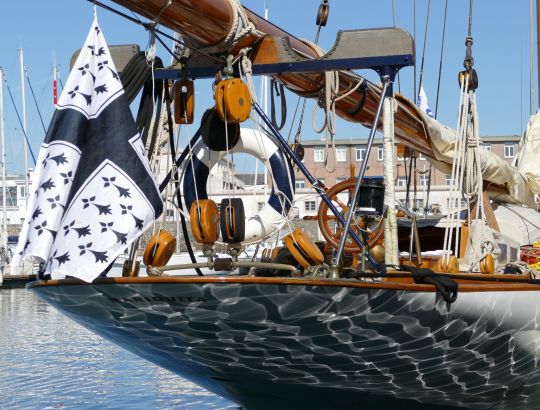
A refit to restore it to its former glory
In 1987, he was found in a Pin Mill mudflat by Dr. William Collier. After six months of discussions with the owner, Albert Obrist and Peter Livanos, great Ferrari collectors, acquire it.
In 1991, the yacht was repatriated to the Fairlie Restoration shipyard in Port Hamble, created by Obrist. But it will have to wait 10 years before being restored in a version as close as possible to the original. For three years - from 2001 to 2004 - the boat underwent a complete refit: steel frames covered with 2.5 cm thick African mahogany planking, structural fixings in nickel aluminium bronze, teak deck studded on 80 mm plywood panels..
The interior also remains faithful to the plans of the time, with open ceilings leaving the structures visible, to save weight. The main saloon is equipped with a lounge, a dining table, a desk and a sofa. A passage aft leads to the main cabins, a single cabin to port and starboard. Aft, the double cabin has direct access to the cockpit.
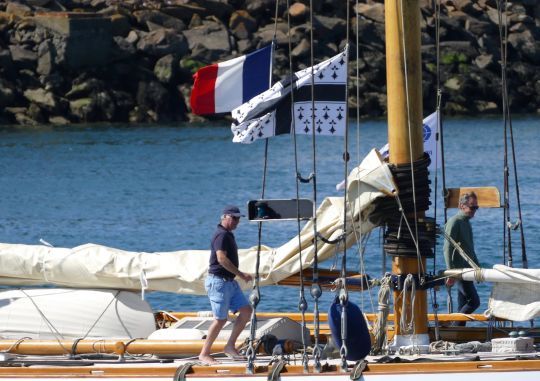
At the front of the dining room, the accommodation allows up to 7 crew members to be accommodated, with the skipper having his own cabin. The galley has retained its 20th century style, but has been completely redesigned to be able to prepare food for the 16 to 18 crew members needed to keep the boat moving. The only touches of modernity concern the bathroom, where a shower has replaced the built-in bathtub, and the addition of a 315 HP Yanmar engine, which makes it easier to get in and out of the harbour.
Mariquita returned to the sea in 2005, but her owner Peter Livanos is not very active on the classic regatta circuit. The yacht was bought by a group of London businessmen and then put up for sale again for an estimated price of more than a million euros.
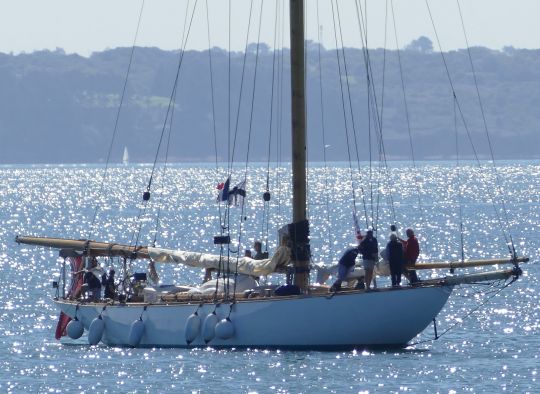
A new life under the French pavilion for this 109 year old lady
Since 10 September 2020, this yacht, winner of the Monaco Classic Week, the Régates Royales de Cannes and the Voiles de Saint-Tropez and winner of the Big Boat Panerai Trophy in 2014, but also holder of numerous elegance awards, has been flying a French flag. Bought by Frenchman, Benoit Couturier, Mariquita now stays in the port of Brest and will soon enter the Guip yard to undergo some modifications.
If his new owner is not a yachtsman, he plans to assemble a crew to participate in the regatta circuit.
